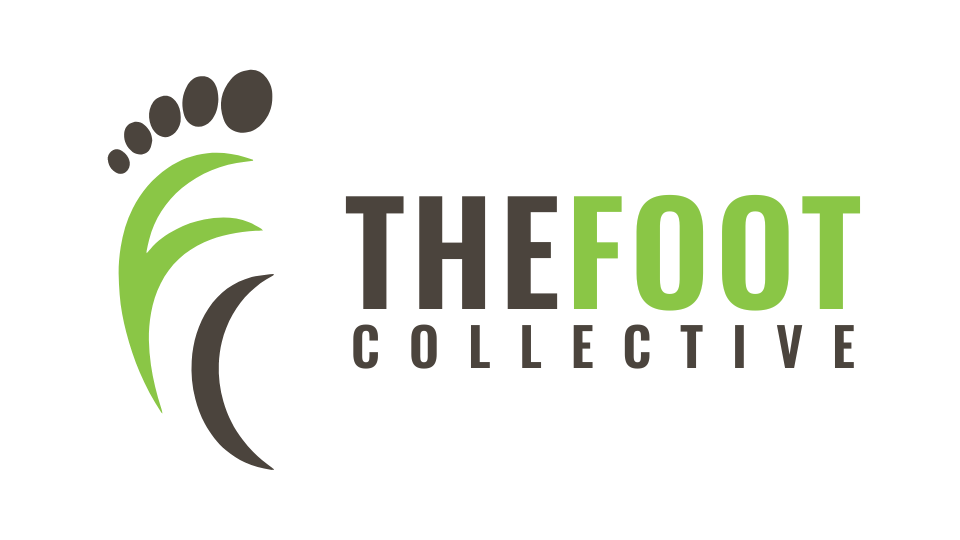Play Is The Way
History of Play
The natural state of humans is one of resilience and adaptability that comes with a deep connection to our physical bodies, our community and our environment. Evolutionarily speaking, we are the most successful animal species in the world - our ability to learn and share complex skills and concepts through movement mimicry and verbal language has allowed us to become the dominant intelligent life-form on the planet (for better or for worse). For millennia, humans were required to be physically capable in a huge variety of ways in order to survive in the natural environment, having to do things like hunting/gathering/preparing food, building shelters, crafting tools and escaping predators.
Only very recently, with the development of advanced technology and social/economical/agricultural systems, have we experienced such an overwhelming disconnection from movement and our natural environment. Unfortunately we are now seeing the effects of this disconnection through the skyrocketing rates of chronic disease and disability in modern societies. Even those who are ‘active’ in our society are actually largely sedentary and also suffer from persistent niggles, aches and injuries. So what is the solution? Does everyone need to sell all their stuff, move to the jungle and live off the land? Or is it just too late now and we’re all destined for a life of pain and disease?
There may be another answer and it comes from looking closely at how our ancestors developed their physical capacity, which was primarily through play. From learning to roll/crawl/squat/walk as an infant, to climbing trees/throwing sticks/wrestling/running races as children and teenagers, humans have always used play to develop critical skills and capacities that prepare them for survival in a natural environment. This is also seen across almost all animal species - in fact the more intelligent the animal, the more it tends to play.
What is Play?
In his book Play Dr. Stuart Brown defines play as any voluntary, apparently purposeless activity that has improvisation potential and provides a sense of freedom from time as well as diminished consciousness of self. These properties create an inherent attraction and a continuation desire, that is, you are motivated to keep engaging in the activity for the sake of the activity itself. This definition is remarkably similar to the definition of ‘flow’ provided by Mihaly Csikszentmihalyi in his book Flow and encompasses a huge array of different activities which could include things such as music, art, writing, acting and sports.
In his book Playing with Movement Todd Hargrove defines play with the following characteristics:
- Intrinsically motivating - we have no external goal for doing the activity
- Explorative - we can improvise and explore our own capacity and limitations
- Creative - we can create new ways of expressing movement and skill
- Risky - an element of risk is usually involved, whether physical or social
- Tinkering - we can play with different variables in order to solve movement problems
This is contrasted to a ‘work’ approach to movement which tends to be structured, repetitive, controlled and primarily extrinsically motivating - for example, running on the treadmill or lifting weights for the sole goal of burning calories, losing fat or building muscle. While this work approach certainly has its place, especially in certain rehab and sporting contexts, it needs to be balanced with regular play in order for it to become sustainable and meaningful.
Why Play?
Play is the ideal approach for learning and refining movement skills in an enjoyable and sustainable way. The more movement skills we possess and enjoy practicing regularly, the greater quantity, quality and variety of movement nutrients our body will receive. From a physical perspective this is exactly what our body needs in order to function optimally - without frequent and varied movement, it is impossible to thrive in the long-term. Our bodies also become more adaptable and resilient to injury, which prepares us for unexpected situations and unfamiliar environments.
From a psychosocial point of view, play provides the perfect avenue to connect with our family, friends and community. Whether it be a friendly game of basketball with your mates, some Acro Yoga with your partner or messing around at the park with your kids, movement play can be an amazing tool for bringing us closer together. It facilitates cooperation and appreciation, usually accompanied with plenty of human touch, smiles and laughter.
Play also has an amazing capacity for connecting us with our environment and especially for spending time in nature. When we explore a natural environment with curiosity, through activities like hiking, scrambling, tree-climbing, rock-hopping and swimming, we can be more fully present and develop a deeper sense of understanding and gratitude for our place within it.
All three of these aspects - movement, connection with community and time in nature - are well documented to be extremely beneficial for physical, mental and spiritual health. Play can act as a powerful conduit between them all, enhancing the benefits of each one and adding its own element of magic.
How to Play?
All human movement is built upon a series of fundamental patterns that are developed throughout infancy - rolling, crawling, squatting, walking etc. Most ‘modern’ humans lose touch with these natural movement patterns over time, due to the sedentary lifestyle that our environment and culture promotes. So these patterns actually need to be reprogrammed into the brain and body through purposeful practice. The best way to relearn these patterns is the same way we learnt them in the first place - through play! This means getting some guidance on where to start / how to progress and then just exploring each movement with full focus.
Once you have built a solid foundation of natural / developmental patterns you can start to add more complexity into your play. Balance challenges (e.g. beam training, slacklining, balance boards) is an amazing way to improve foot health while also enhancing dynamic stability throughout the whole body. The same is true for handbalancing and the upper body - if progressed appropriately, learning to stand on your hands is a powerful way to strengthen and mobilise the wrists, elbows and shoulders while developing incredible body awareness.
Juggling (with either hands, feet or both) is an awesome feat of coordination and can become almost addictive once you gain a baseline level of confidence and skill. This can be done solo but can also be a fun way to connect with a partner or group - especially with football juggling or hacky sack, which can also be turned into a friendly competitive sport!
Developing these attributes (mobility, stability, balance, strength and coordination) through play then facilitates an easier and more enjoyable time learning and playing with pretty much any other activity - dancing, surfing, skating, snow sports, ball sports, martial arts etc. The key is finding the activities that have meaning to you and get you excited in some way, while also being open to regularly exploring new skills. There will always be a period of discomfort in the initial stages of the learning process but amazing things happen for your body and mind when you’re able to embrace this discomfort and push through it.
How to start?
- Identify any current limitations to playing (especially pain/injury), have them assessed and figure out an active plan to resolve them - this is where a more ‘work’ approach can be valuable
- Seek some guidance from a coach or resource that can get you started on the activities you want to learn and play with
- Find a person or group of people that you can play with - there
- Meet-Up App - find local meet-up groups for pretty much any activity you can think of!
- TFC Move and Play Sessions / Workshops
- TFC Australia Community Facebook Group
Recommended Reading
- Playing with Movement by Todd Hargrove
- Play by Dr. Stuart Brown
- Exuberant Animal by Frank Forencich


Leave a comment